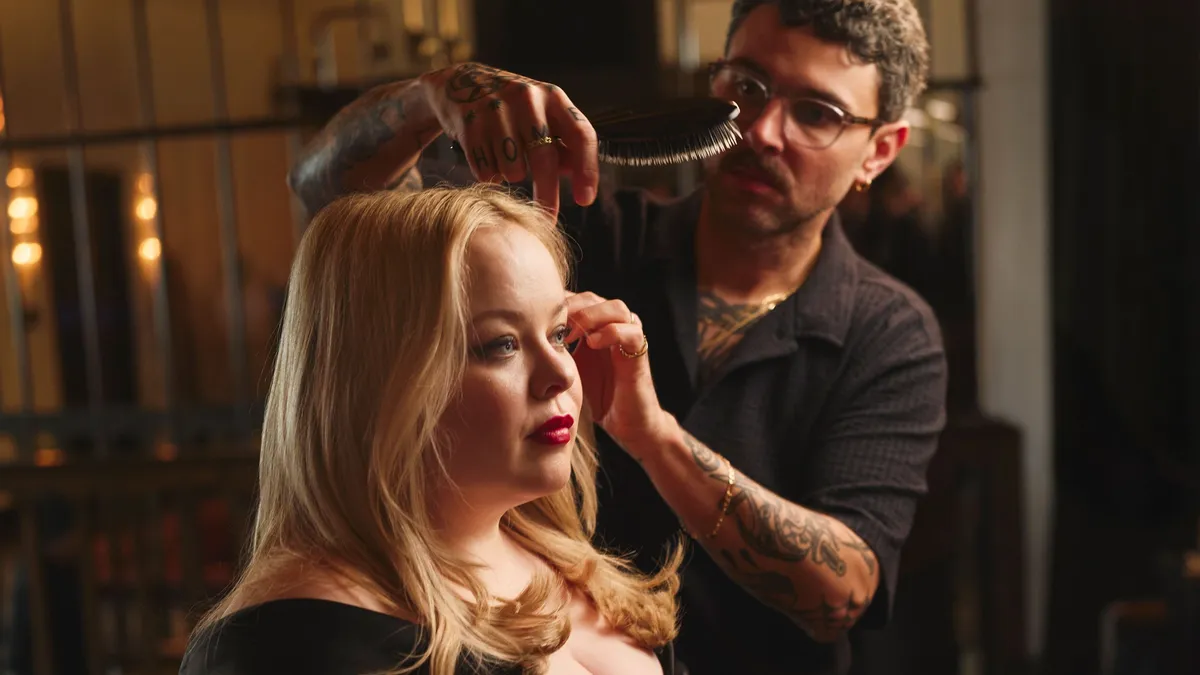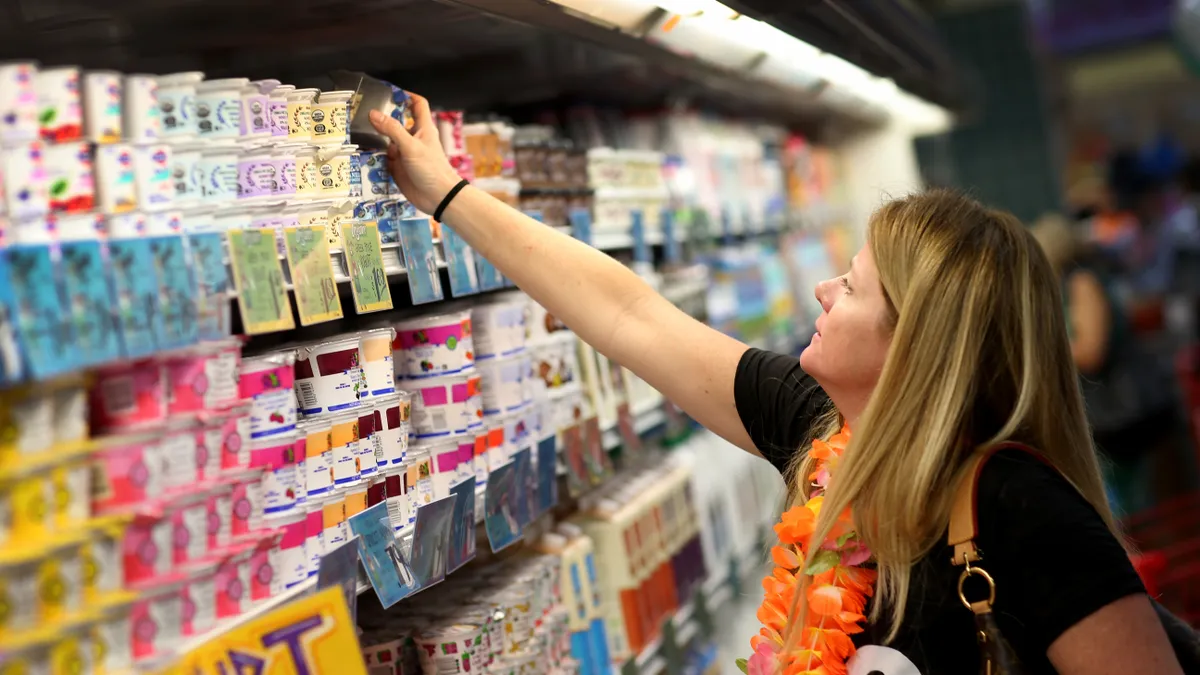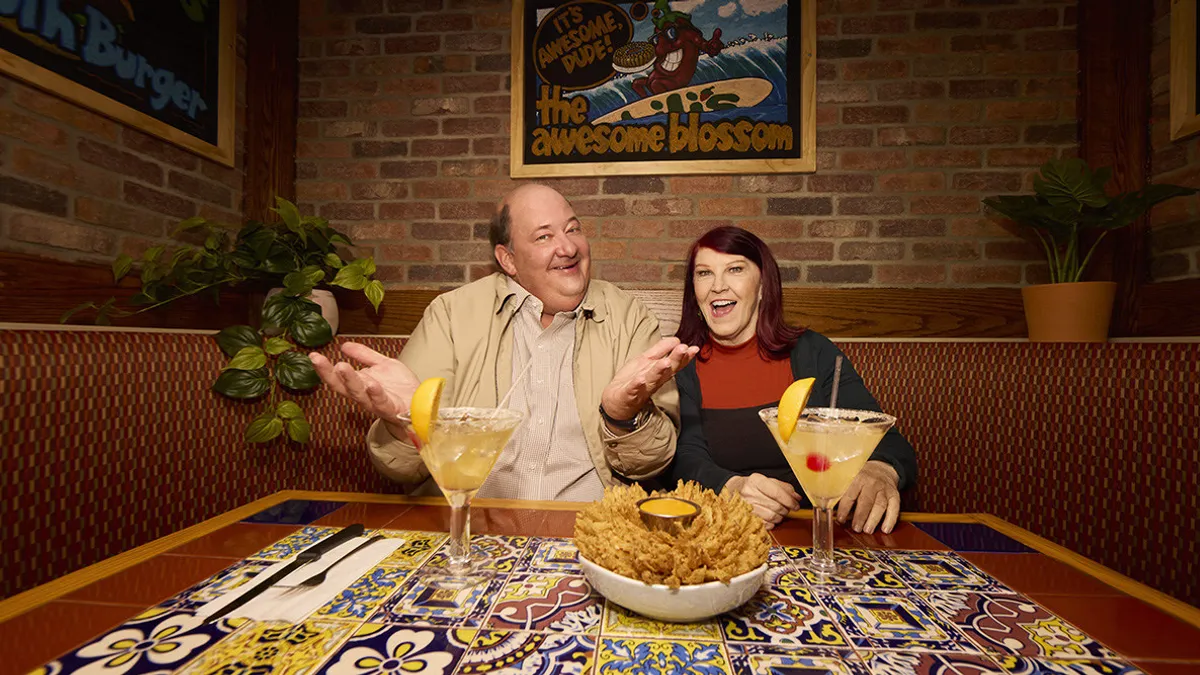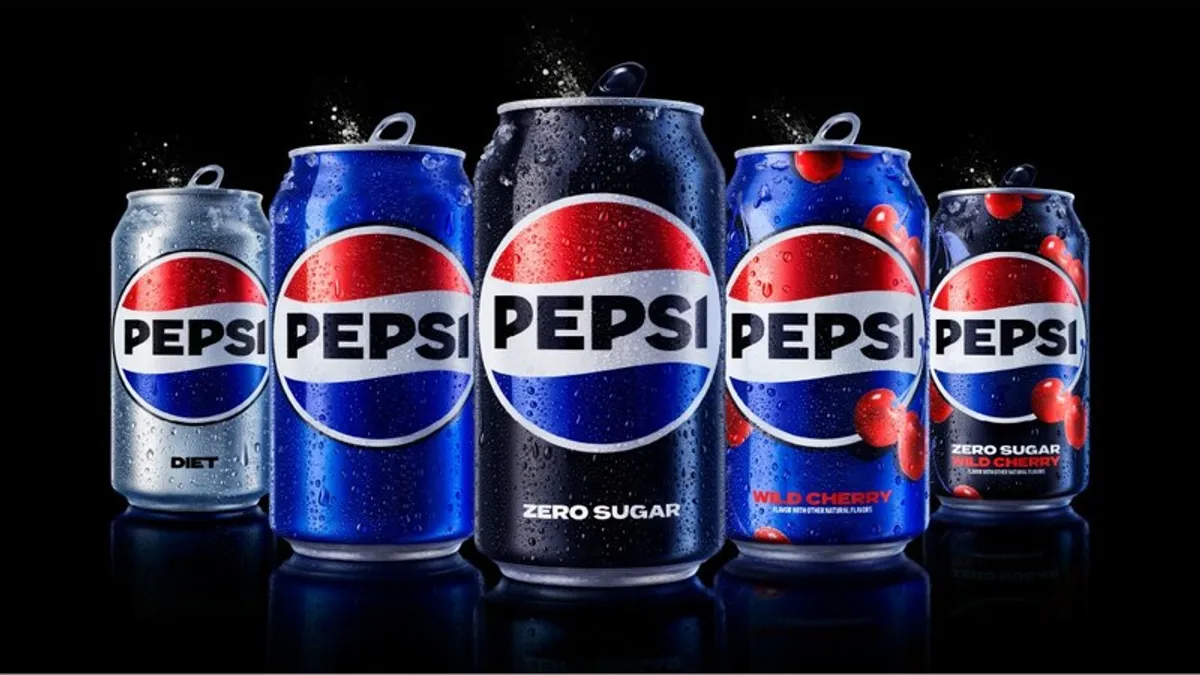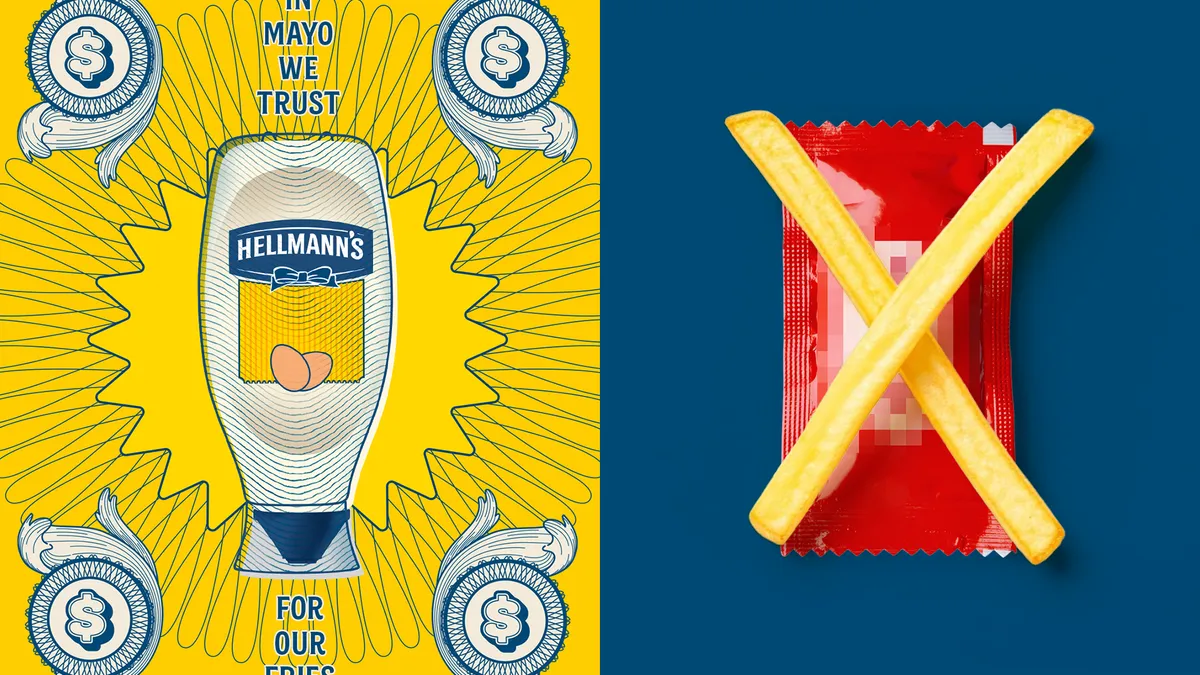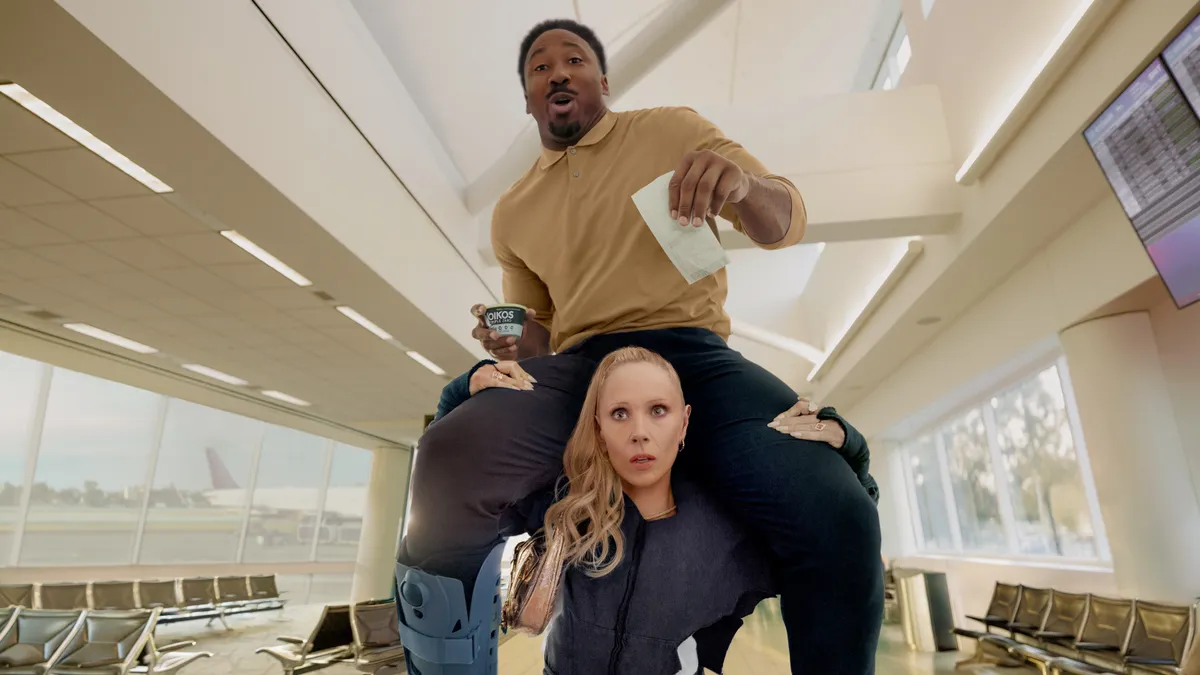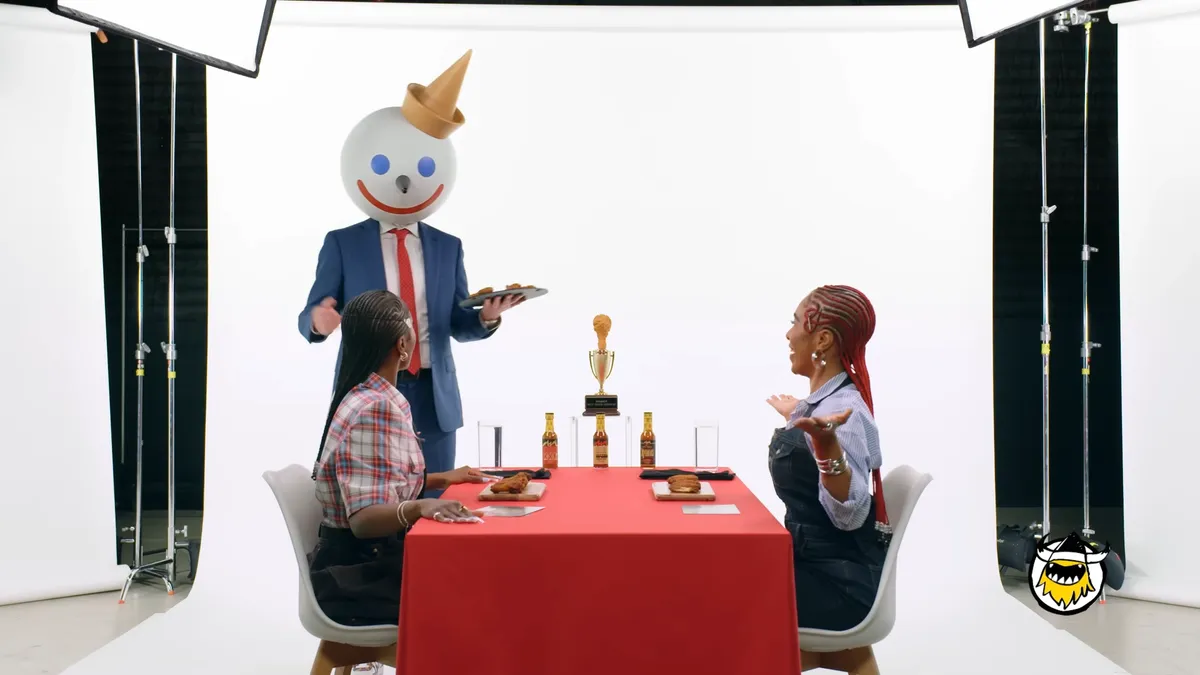NEW YORK — McDonald’s has seen a marketing resurgence in the past few years, partnering with a cadre of pop culture icons and courting favor with young consumer groups that once spurned its fast food. Helping drive the transformation behind the scenes is a bigger prioritization of first-party data, an area where the Golden Arches owner previously lagged. Key to McDonald’s success on the data front has been the brand’s app and a MyMcDonald’s rewards program introduced in 2020, assets it now views as instrumental to growth.
“We really only moved into the space of putting ourselves in the position to have power over first-party data two and a half years ago when we launched the MyMcDonald’s rewards program. We had an app, but the reality was the app was, at its earliest, a display menu,” said Tariq Hassan, chief marketing and customer experience officer at McDonald’s USA, at an event hosted by the Digital Place-Based Advertising Association (DPAA) on Tuesday. The DPAA is a trade group for the out-of-home advertising industry and the discussion was moderated by Barry Frey, its president and CEO.
McDonald’s debut of its loyalty offering in 2020 aligned with a rediscovery of its marketing mojo through efforts like a Famous Orders platform revolving around the preferred meals of celebrities including Travis Scott and Mariah Carey. More on-trend campaigns served as a course correction from a period of directing too much energy toward “haters” — fast food is nothing if not a combative category — and transactional ploys like limited-time offers, said Hassan.
“We were trying to buy our way back and we all know what that story looks like,” said Hassan. “But Famous Orders gave us our swagger back.”
The executive, who joined McDonald’s two years ago from PetCo, admitted that the QSR was a latecomer to realizing the potential of first-party data but now operates with the sophistication of a customer relationship management platform. That evolution has provided a major chip in winning over Gen Z, the golden goose for many QSRs that spent years fighting to attract health-conscious millennials.
“In a digital-first youth market, data is a currency. It’s a form of language,” said Hassan. “If we can use it the right way to create value, you’re going to create deeper relationships.”
The mandate around data acquisition has been aided by McDonald’s massive scale and name recognition. Roughly 90% of U.S. consumers set foot in a McDonald’s at least once per year, according to estimates shared by Hassan, while nearly 60% do so on a quarterly basis. The McDonald’s app was downloaded 40 million times in 2022, and the brand’s total “contactable” user base today is north of 60 million, per Hassan.
“The level of data that we’re now playing with [when wedding first- and third-party data] has fundamentally changed the way we think about the business,” said Hassan.
Tapping into culture
Implementing big changes in organizational thinking can be complex for a company as sprawling as McDonald’s. The nearly 70-year-old brand has a vast network of franchisees who have traditionally focused on areas like driving daily transactions. A wider data purview means McDonald’s is putting more attention toward lifetime customer value and spending on cost per acquisition.
“For our franchisees, that is a seismic shift,” said Hassan. The marketing chief described his work with franchisees — who can be a combative bunch — as the “congressional part” of his career.
“At the end of the day, I spend a percentage of all of our operators’ money,” added Hassan. “I’m accountable to that ... It’s a great responsibility.”
While the data-driven pivot has a lot of moving parts, McDonald’s has been on a winning streak. Heading into October, the chain experienced 83 consecutive weeks of comparable growth and traffic growth, a new record, Hassan said. McDonald’s U.S. comp sales were up 10.3% in the second quarter, a bump aided by viral marketing like a nostalgia-themed celebration of mascot Grimace’s birthday.
Despite the momentum, Hassan noted that his organization has opened itself up to addressing failure head-on as it looks to preserve a lead in cultural marketing. The brand has started hosting quarterly celebrations of what the CMO termed “amazing almosts,” concepts that didn’t quite get over the finish line or meet internal expectations, to develop a startup mentality and learn to quickly pivot.
“It’s about putting the right objectives in place, collaborating, approaching it the right way and then having sound reasons why you didn’t achieve it,” said Hassan. “How do you start to bring a pivot mindset into a corporate culture, that it then begets success?”









